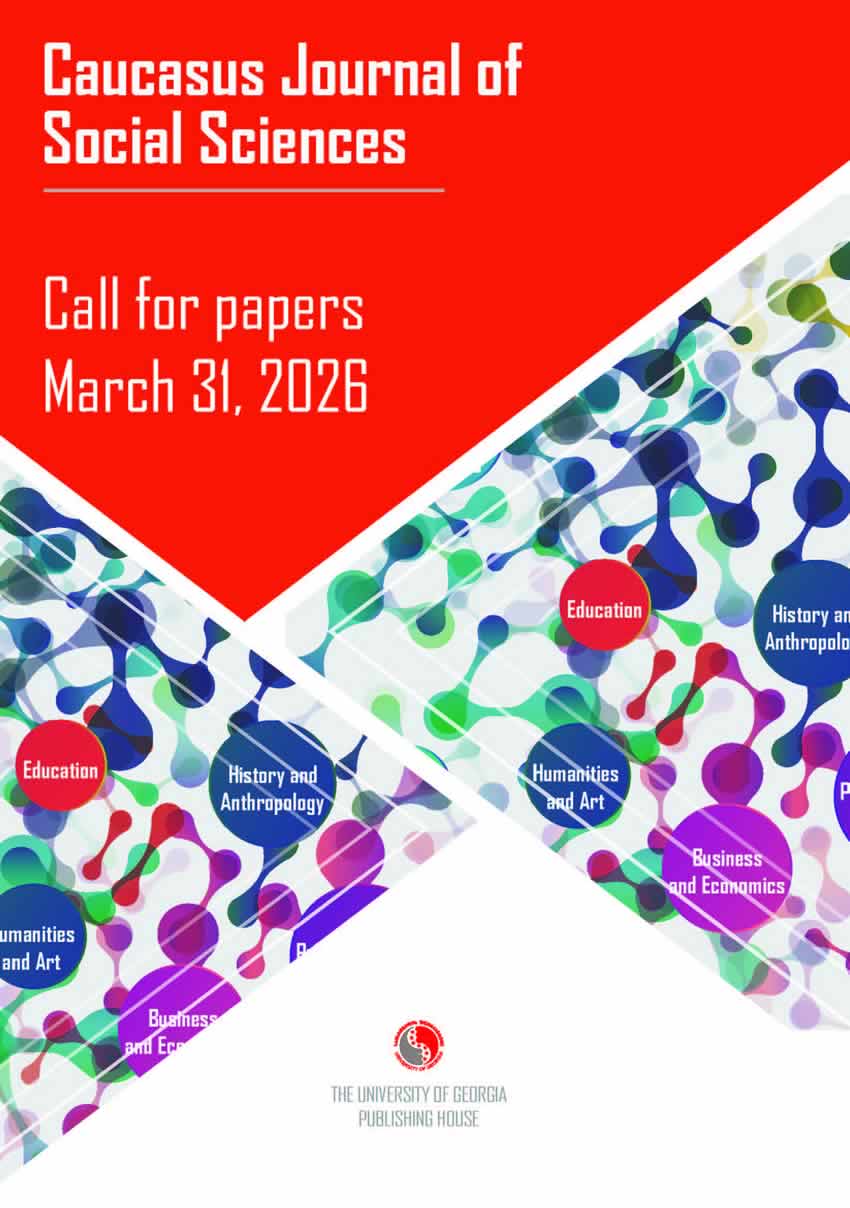The First Evidence of Burials from Samshvilde A Preliminary Archaeological and Bioarchaeological Study
DOI:
https://doi.org/10.62343/cjss.2018.171Keywords:
Samshvilde, Samshvilde Archaeology, Samshvilde Burials, Samshvilde Anthropological studiesAbstract
Samshvilde is one of the most remarkable archaeological complexes
in southern Georgia and in Caucasia in general. Its convenient
geographical position has attracted populations since the Stone
Age, but the city gained its major political and economic power
in the medieval period, when it became the center of the whole
region. Its location in the historic Kvemo Kartli province, near the
southern branch of the Silk Road, contributed to its rapid development,
and the promontory on which it was built allowed for its
easy defense. From 2014 to 2019 two archaeological sections were
studied on the site: the citadel, or main fortification system, and
the area near the Sioni cathedral that is dated to the 8th century.
Excavations inside the citadel walls aimed to clarify the stratigraphy
of this area, and in the Sioni section the focus was on finding
the city cemetery.
During the summers of 2016 and 2017 human remains were exhumed
from the Sioni section at Samshvilde. A bioarchaeological
and brief mortuary analysis of graves no. 2 and 4 is presented here.
Fieldwork is still under way in the cemetery, therefore it is too soon
to have a global image of its features, such as typical burial practices,
or a demographic profile of the population, but we hope to
pursue this analysis in upcoming years.
Downloads
Published
How to Cite
Issue
Section
License
Copyright (c) 2023 David Berikashvili, Isabelle Coupal

This work is licensed under a Creative Commons Attribution 4.0 International License.
In case an article is accepted for publication it is allowed to combine the article with other research, to conduct new research on the article, or to make different arrangements on condition that the same license is used including commercial purposes.
As an author of an article published in the Caucasus Journal of Social Sciences, you retain the copyright of your article and you are free to reproduce and disseminate your work.











